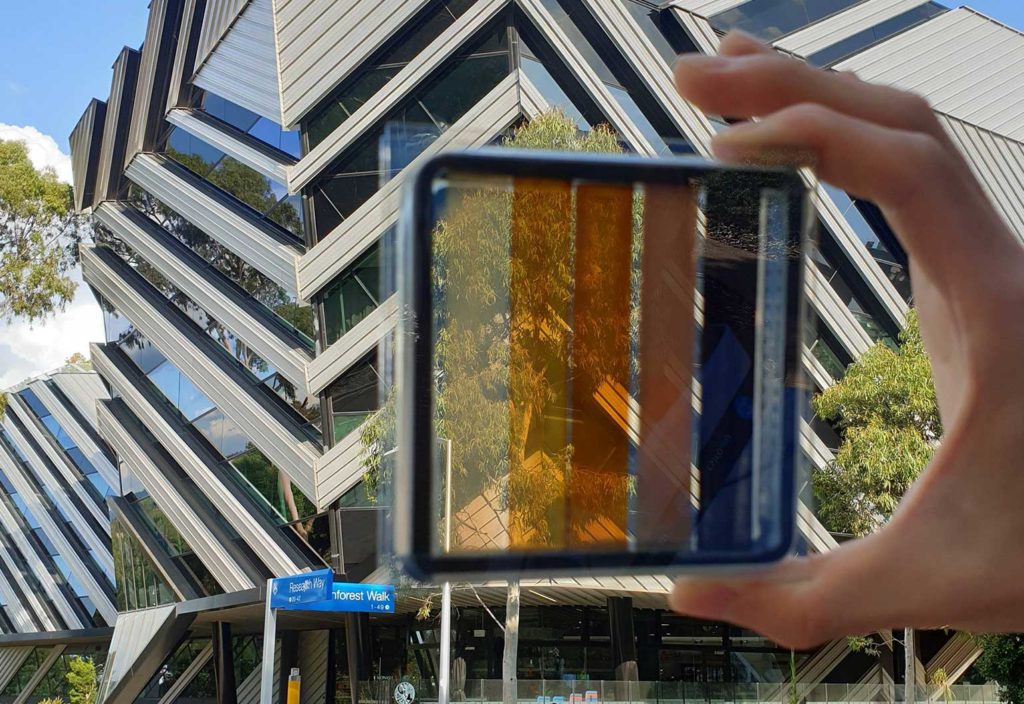Australian scientists have come up with a ‘game changing’ solar cell formulation that would see 2-square-metres of solar window do the same job as a standard rooftop solar panel.
In a paper published in Nano Energy, researchers led by Professor Jacek Jasieniak from the ARC Centre of Excellence in Exciton Science outlined how they produced next-gen perovskite solar cells that generate electricity while allowing light to pass through.
“Rooftop solar has a conversion efficiency of between 15 and 20 per cent,” Jasieniak said.
His team found that solar windows tinted to the same degree as current glazed commercial windows would generate about 140 watts of electricity per square metre.
“The semi-transparent cells have a conversion efficiency of 17 per cent, while still transmitting more than 10 per cent of the incoming light, so they are right in the zone,” Jasieniak said.
“It’s long been a dream to have windows that generate electricity, and now that looks possible.”
The researchers said the technology will transform windows into active power generators, potentially revolutionising building design. Two-square-metres of solar window will generate about as much electricity as a standard rooftop solar panel.

With support from the Australian Renewable Energy Agency (ARENA), the researchers used an organic semiconductor that can be made into a polymer to replace a commonly used solar cell component (known as Spiro-OMeTAD), which shows very low stability because it develops an unhelpful watery coating. The substitute produced astonishing results.
Whereas this technology succeeded where previous designs using semi-transparent solar cells have failed because they were very expensive, unstable or inefficient, Professor Jasieniak said there will still be a “trade-off” with their breakthrough.
“The solar cells can be made more, or less, transparent,” he said.
“The more transparent they are, the less electricity they generate, so that becomes something for architects to consider.”
High-rise power
The scientists believe the first application of the technology is likely to be in multistorey buildings, where large windows deployed in high-rises are expensive to make, so the additional cost of incorporating the semi-transparent solar cells into them will be marginal.
“But even with the extra spend, the building then gets its electricity free,” Jasieniak said.
“These solar cells mean a big change to the way we think about buildings and the way they function. Until now, every building has been designed on the assumption that windows are fundamentally passive. Now they will actively produce electricity.”
The paper’s co-author, CSIRO research scientist Dr Anthony Chesman, said the team is now working on scaling up the manufacturing process, partnering with Australia’s largest glass manufacturer, Viridian Glass, to investigate building the new technology into commercial products.
“We’ll be looking to develop a large-scale glass manufacturing process that can be easily transferred to industry so manufacturers can readily uptake the technology,” Chesman said.
The scientists estimate the products could be commercially available within 10 years. In the meantime, they are working on a tandem device to look at further efficiency gains from the research, which would use perovskite solar cells as the bottom layer and organic solar cells as the top one.
